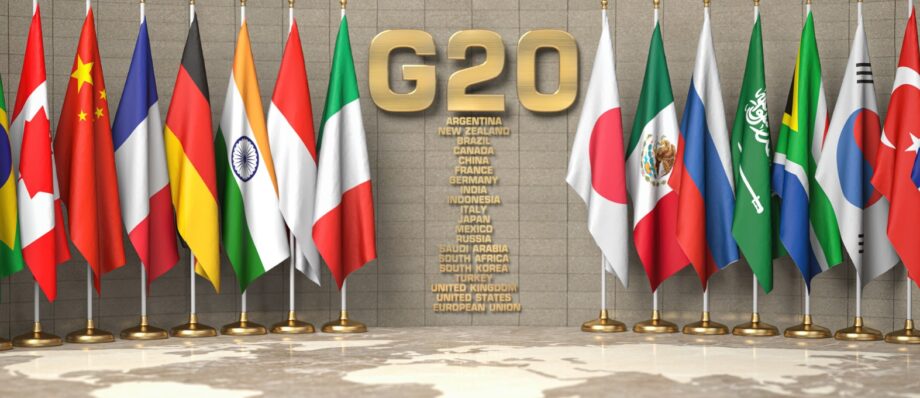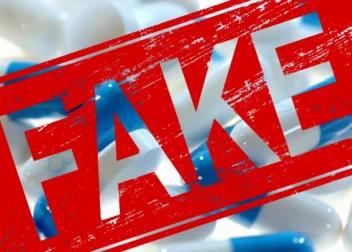Here’s how India’s G20 presidency can help the country’s huge pharma sector.
Source: businesstoday.in
As the pharmacy of the world, the G20 presidency offers India’s healthcare and pharma industry a golden opportunity to foster global collaborations and take it to new heights.
The covid-19 pandemic in 2020 was an unexpected boon for India’s drugs and pharmaceuticals industry: foreign direct investment (FDI) shot up by 188 per cent to $1.5 billion in 2020-21 from $517 million in 2019-20. The FDI came into India’s manufacturing prowess in vaccines. The next year, FDI slipped by 5 per cent but surged by 46 per cent in 2022-23.
All this is good news for India’s presidency of the G20 bloc. The G20 presidency, say industry experts, has given centre stage to India, reaffirming its position as a leading player in healthcare and pharmaceuticals.
And it is not just vaccines: over the past five years, top multinationals have been injecting FDI into India’s drugs and pharmaceuticals sector. The Indian pharma sector is the world’s largest provider of generic drugs, with 20 per cent of global exports in terms of volume, according to India Brand Equity Foundation (IBEF), the branding and communications body for trade and exports under the commerce and industry ministry.
Now it’s up to India’s corporates to grab big roles in the world pharma play.
Satish Reddy, Chairman of Dr. Reddy’s Laboratories Ltd, India’s second-largest pharma major by gross sales, says, “India’s G20 presidency plays a crucial role in strengthening the nation’s identity as the world’s pharma hub.”
The G20, a forum of the world’s advanced economies—including the European Union—and developing countries, currently has 23 members, which account for 85 per cent of the world’s GDP. It meets annually to discuss global issues.
Many Indian companies exporting generic products have cleared the US Food & Drug Administration’s quality standards, allowing them entry into the world’s biggest markets for generic drugs.
India is also scaling up its medical education sector, which has no shortage of students trying to get a berth (this year, 1.68 million will be jostling for 104,333 seats in 681 MBBS colleges at the qualifying NEET exam).
It has already met the World Health Organization’s ideal ratio of one doctor for a thousand people with its current ratio at 1:834. But, India’s ratio counts 565,000 AYUSH doctors, or those practising traditional medicine and homoeopathy.
For Prime Minister Narendra Modi, the one-year G20 presidency, which ends on November 30, 2023, allows India to focus on three priorities in healthcare: preventing and responding to health emergencies, strengthening co-operation in the pharmaceuticals sector—in which India has built an enviable production base—and digitalising health innovations aimed at universal coverage.
Click here to read complete article at businesstoday.in



